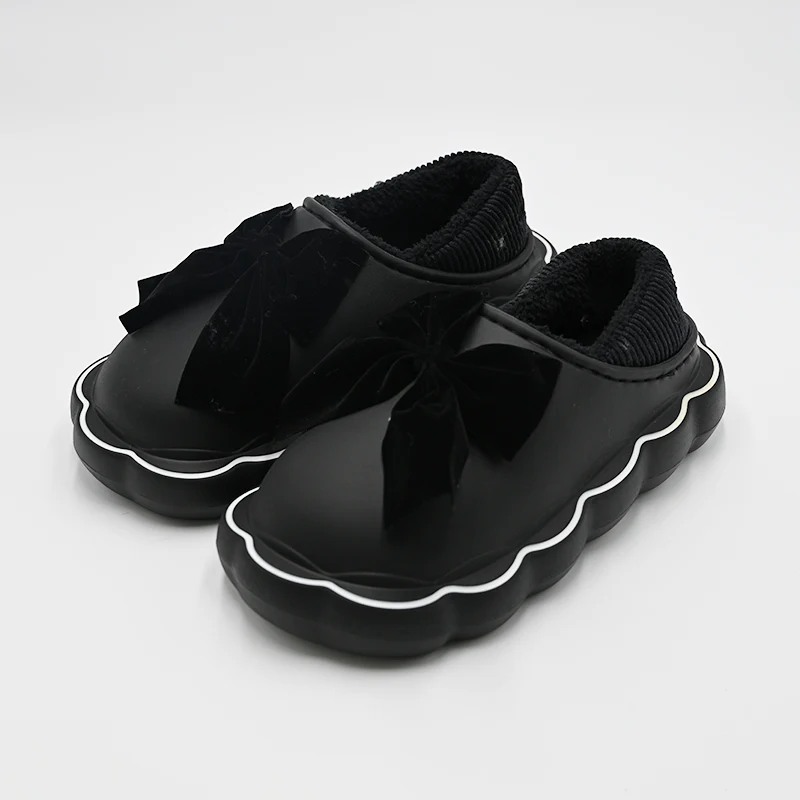The historical development of slippers
2025-06-06
The historical development of slippers reflects changes in culture, fashion, domestic life, and materials over centuries. Here’s an overview of their evolution:
1. Ancient Origins
Ancient China (around 4700 BCE): The earliest known slippers were made of woven rush (a type of plant), leather, or cloth and sometimes embroidered. Chinese slippers, especially among the elite, often featured intricate designs and soft soles for indoor use.
Ancient Egypt: Egyptians wore sandals made of palm leaves and papyrus. While not slippers in the modern sense, these were precursors to open, slip-on footwear for hot climates.
Ancient Rome and Greece: Citizens wore indoor footwear resembling slippers, such as socci (a soft, leather shoe without straps) to distinguish home from public wear.
2. Middle Ages (5th–15th Century)
Slippers were not widely used in Europe due to the dominance of boots and heavy shoes.
Wealthier classes in the Islamic world and Asia used soft-soled slippers indoors to maintain cleanliness and comfort.
3. Renaissance and Early Modern Period (15th–18th Century)
In Europe, indoor shoes became a mark of refinement. The aristocracy wore ornate slippers with silk, velvet, and embroidery, often as part of court attire.
In the Ottoman Empire, slippers (called babouches) became popular and were often elaborately decorated.
In Japan, traditional zori and geta sandals were used, and indoor slippers became customary to maintain cleanliness in the home.
4. 19th Century
Slippers became more common among the middle class in Western countries due to growing emphasis on home comfort and private domestic life.
Materials like felt, leather, and wool were commonly used.
Victorian England popularized “house slippers” as a sign of propriety and domestic respectability, especially for women.

5. 20th Century
Mass production: Slippers became affordable and widely available due to industrial manufacturing.
Styles diversified: from moccasin-style and ballet flats to novelty slippers and sheepskin-lined designs.
Post-WWII era: Casual comfort became a fashion trend, and slippers were marketed as essential homewear.
6. 21st Century
Emphasis on comfort, sustainability, and fashion led to the rise of brands offering ergonomic, eco-friendly, or designer slippers.
COVID-19 pandemic (2020s): With more people working from home, slippers saw a surge in popularity as essential home office wear.
Technological innovations introduced memory foam soles, moisture-wicking fabrics, and anti-slip designs.
Conclusion
Slippers evolved from practical indoor footwear in ancient cultures to symbols of status, comfort, and style. Their journey reflects broader social trends—shifts in domestic life, craftsmanship, and the balance between utility and luxury.
If you are interested in our products or have any questions, please feel free to contact us.